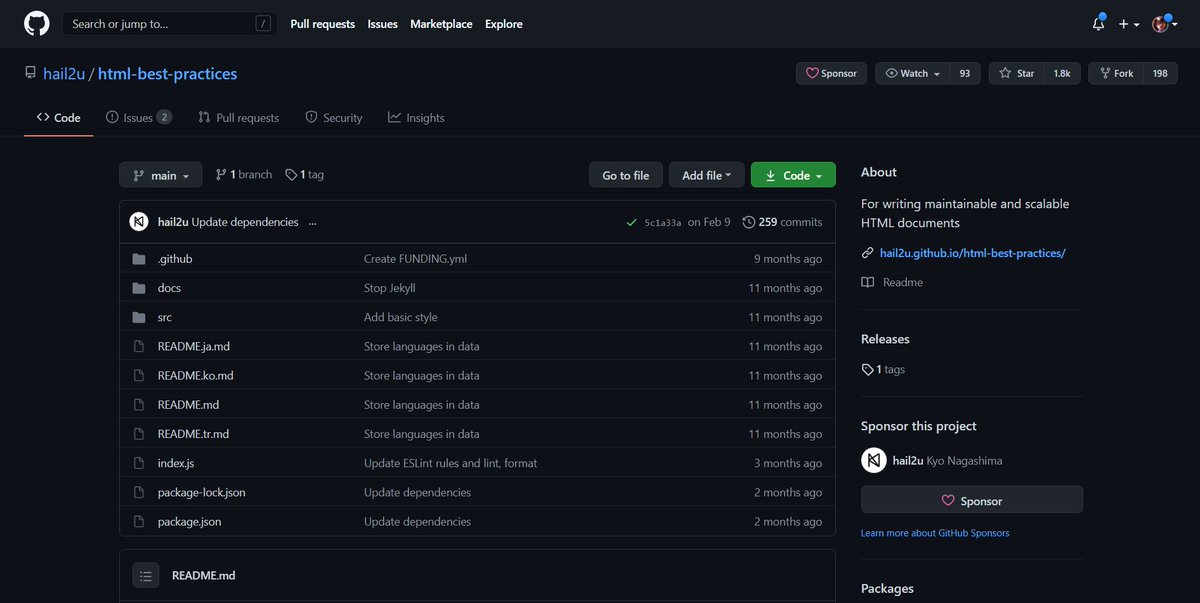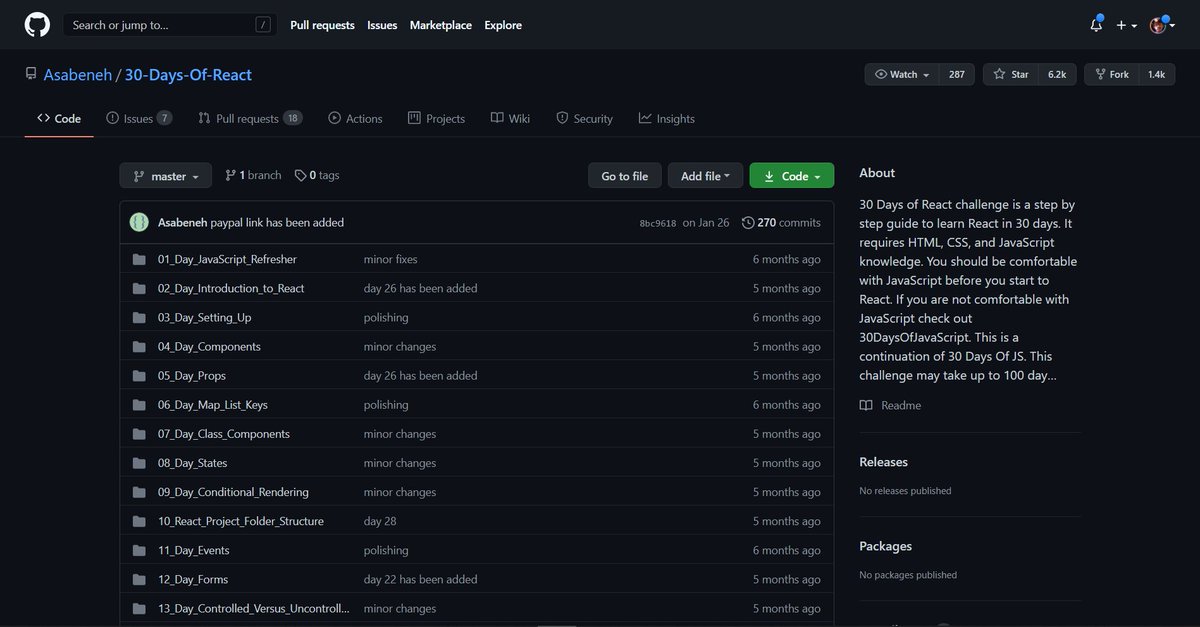
So the JAM stands for
J - JavaScript
A - APIs
M - Markup
Stack - Technologies used to build a particular project
J - JavaScript
A - APIs
M - Markup
Stack - Technologies used to build a particular project
The first interesting part here is that in some context we all have worked on Jamstack.
Trust me!! 😉
Consider a HTML file only, let's say with some text nothing else. Yes that's a Jamstack app becuase there is a markup in your app that makes it JAMstack
Trust me!! 😉
Consider a HTML file only, let's say with some text nothing else. Yes that's a Jamstack app becuase there is a markup in your app that makes it JAMstack
The second interesting part in jamstack is that you have already aware of all the terms used in it
JavaScript
APIs
Markup
So it will be easy for you to getting started with it
JavaScript
APIs
Markup
So it will be easy for you to getting started with it
A first and foremost condition to be a jamstack is that your HTML should be served statically.
In simple terms we can say that HTML file should not being dynamically served from a server
But that doesn’t mean you have to build 100% of the app within the browser.
In simple terms we can say that HTML file should not being dynamically served from a server
But that doesn’t mean you have to build 100% of the app within the browser.
You can also use static site generators(say Next.js) that allow us to pull in our files at build time and render the pages out as HTML files
There are many static site generators you can use. visit official website for more info
jamstack.org/generators/
jamstack.org/generators/

Some of the interesting advantages of JAMSTACK are as follow 👇🏻
🔹 FAST
As in jamstack we are working on static site. So we don't have to wait for servers to calculate our request and serve us the markup file.
🔹 SECURE
Well jamstacks apps are super secure because we don't have to maintain the server
As in jamstack we are working on static site. So we don't have to wait for servers to calculate our request and serve us the markup file.
🔹 SECURE
Well jamstacks apps are super secure because we don't have to maintain the server
🔹 SCALE
As jamstack app is served entirely from a CDN there is no complex logic to determine what assets can be send, that pretty much automatically gives you infinite scalability
🔹 Maintainability
Obviously when hosting complexity is reduced, so are maintenance tasks
As jamstack app is served entirely from a CDN there is no complex logic to determine what assets can be send, that pretty much automatically gives you infinite scalability
🔹 Maintainability
Obviously when hosting complexity is reduced, so are maintenance tasks
Tools you need in order to make a jamstack app
Site Generators - Gatsby, Next.js, Hugo, etc...
Serving your app - Netlify, GitHub, AWS, etc...
For API requests - Ghost, Strapi, Netlify CMS, etc...
Site Generators - Gatsby, Next.js, Hugo, etc...
Serving your app - Netlify, GitHub, AWS, etc...
For API requests - Ghost, Strapi, Netlify CMS, etc...
• • •
Missing some Tweet in this thread? You can try to
force a refresh











